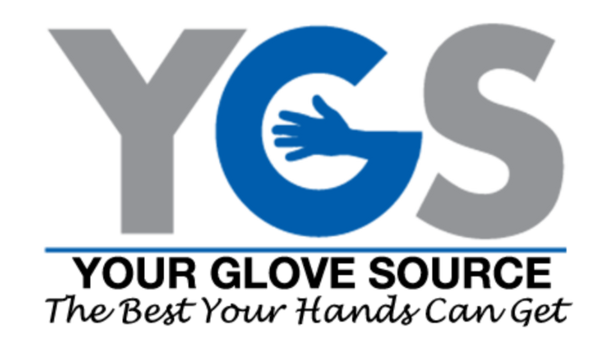We’ve gathered a handful of tips to help you implement safety protocols into your workplace.
Cleanliness
- Wash your hands: You should always wash your hands with soap and water before an after handling any food, especially raw or uncooked foods. Any time you change tasks, you should wash your hands and put on a fresh pair of gloves.
- Wash your surfaces: You should maintain cleanliness on your kitchen surfaces with hot soapy water. Surfaces include countertops, tables, utensils, sinks, cutting boards, and appliances. Appliances should be cleaned regularly and thoroughly.
- Wash your food: All food, especially produce, should be washed before being prepared. Raw meats should not be washed in water as raw juices, and bacteria, can spread easily that way.
Separation
- You should always keep raw foods separate from ready to eat foods to minimize the spread of bacteria and illness.
- Use separate cutting boards and preparation equipment for produce and fresh foods than you do for raw meat and poultry.
Cook and Chill
- All food should be cooked to the recommended safe minimum temperature internally, to kill any microbes that could cause bacteria and illnesses.
- Cooked and prepared foods should not be left out at unsafe temperatures past two hours. It should be placed in the refrigerator quickly if it will not be consumed within that safe window of two hours.
Of course, you should always make sure that you have proper gloves to protect yourself from spreading germs and illness. Nitrile or vinyl gloves are a great option because they offer adequate protection, but don’t have risks of allergic reactions like latex. Always be sure to switch gloves when you’re switching to a new task.



